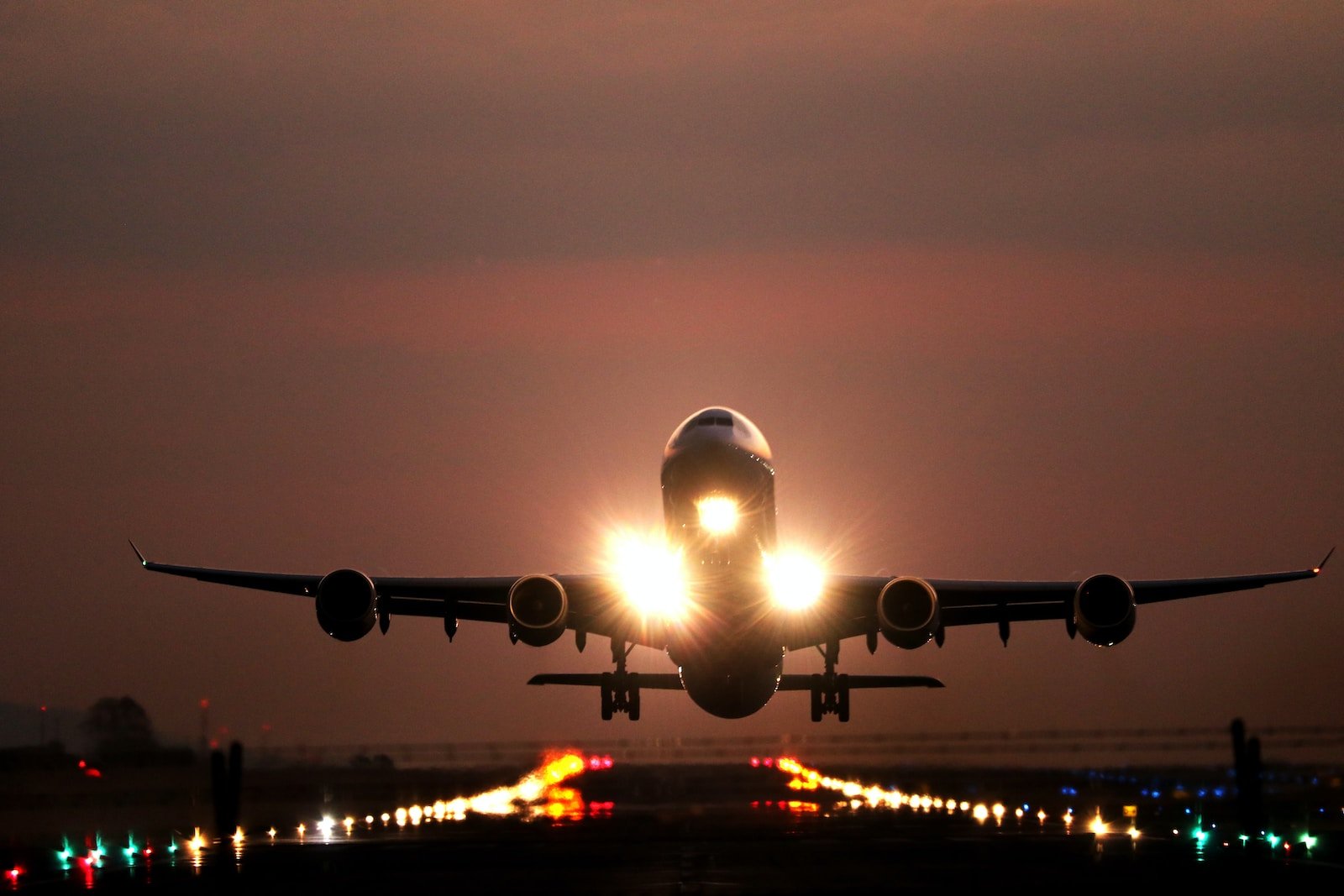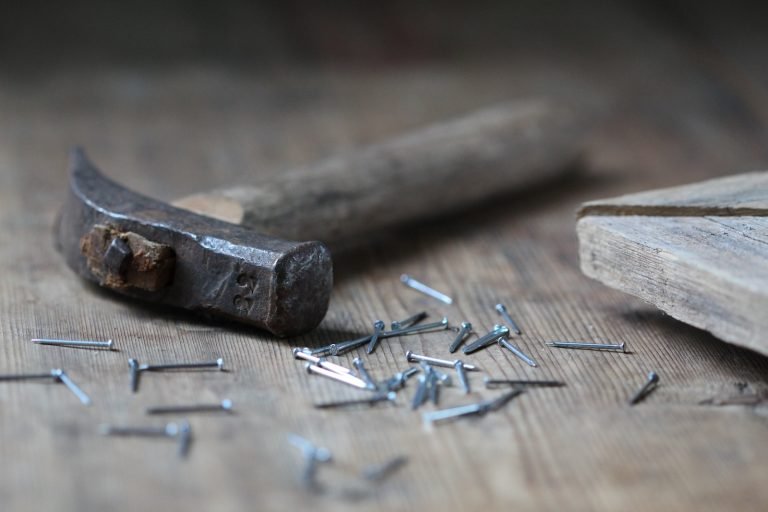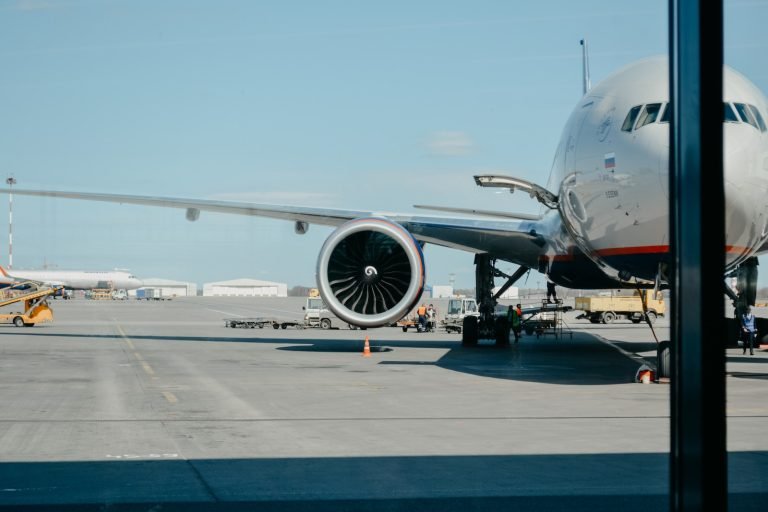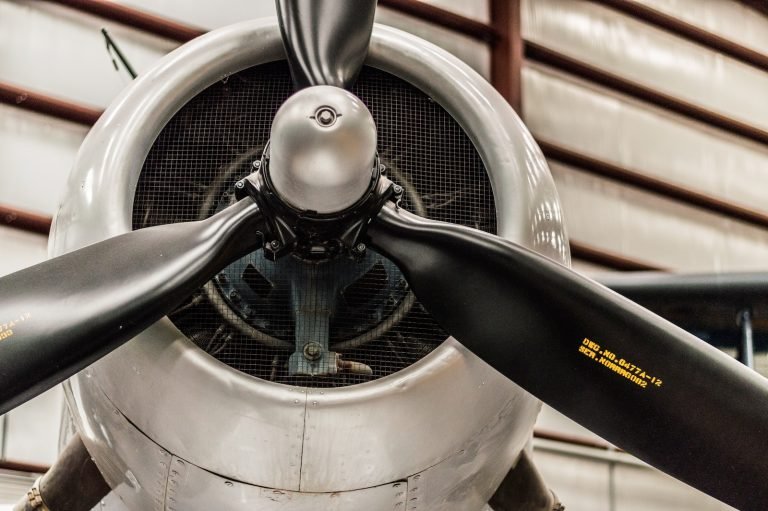Decoding Aircraft Maintenance: Key Components and Cost Factors
Decoding Aircraft Maintenance: Key Components and Cost Factors
In the intricate world of aviation, maintaining aircraft is not just a routine task; it is a critical aspect that ensures the safety, reliability, and efficiency of the flying machines. Aircraft maintenance involves a myriad of key components and cost factors that play pivotal roles in sustaining the airworthiness of an aircraft. In this comprehensive guide, we delve into the intricacies of aircraft maintenance, shedding light on the essential elements and financial considerations that define this crucial aspect of aviation.
Understanding Aircraft Maintenance
1. Routine Inspections and Checks
Aircraft maintenance begins with routine inspections and checks, forming the backbone of a proactive approach to safety. Regular scrutiny of an aircraft’s structural integrity, engines, avionics, and other vital components ensures early detection of potential issues, preventing major problems before they arise. This proactive stance not only safeguards the passengers and crew but also minimizes downtime, a crucial factor for airlines.
2. Scheduled Maintenance Programs
Scheduled maintenance programs are meticulously designed plans that outline specific tasks and checks at predetermined intervals. These programs, often tailored by aircraft manufacturers, address the unique needs of different models. Following these schedules is imperative to keep the aircraft in optimal condition, preventing unexpected breakdowns and ensuring compliance with regulatory standards.
Cost Factors in Aircraft Maintenance
3. Labor Costs
One of the significant contributors to the overall cost of aircraft maintenance is labor. Skilled and certified aviation technicians and mechanics play a pivotal role in ensuring that the maintenance procedures are executed with precision. The expertise and training required in the aviation industry contribute to the higher labor costs, making it a crucial factor for airlines and operators to consider.
4. Replacement Parts and Components
Aircraft maintenance involves the constant evaluation and, when necessary, replacement of various parts and components. The cost of acquiring genuine and certified replacement parts directly impacts the overall maintenance expenditure. Ensuring that only high-quality components are used is non-negotiable, as subpar materials can compromise the safety and reliability of the aircraft.
5. Technology and Innovation
As aviation technology advances, aircraft become more complex and sophisticated. Integrating cutting-edge technology into aircraft systems enhances performance but also introduces new challenges in maintenance. Staying abreast of technological advancements is vital for maintenance crews, requiring continuous training and investment in specialized tools and equipment.
Regulatory Compliance and Safety Standards
6. Stringent Regulations
The aviation industry operates under stringent regulations and safety standards imposed by aviation authorities worldwide. Compliance with these regulations is non-negotiable, and failure to adhere to them can result in severe consequences. Aircraft maintenance, therefore, must align with these standards, ensuring that every procedure and check meets or exceeds the prescribed requirements.
7. Documentation and Record-Keeping
Maintaining meticulous records is not just a bureaucratic formality; it is a crucial aspect of aircraft maintenance. Accurate documentation of every inspection, repair, and modification facilitates compliance audits and contributes to the overall safety and traceability of an aircraft’s maintenance history.
The Future of Aircraft Maintenance
8. Predictive Maintenance
Embracing the future, the aviation industry is moving towards predictive maintenance. Using advanced analytics and data-driven insights, airlines can anticipate potential issues before they occur. This paradigm shift reduces operational disruptions, enhances safety, and optimizes costs by addressing problems proactively.
9. Automation and Robotics
The integration of automation and robotics is revolutionizing aircraft maintenance. Unmanned Aerial Vehicles (UAVs) equipped with sensors can inspect aircraft surfaces more efficiently, while robotic systems are being developed for intricate tasks. This not only increases efficiency but also minimizes human error in maintenance processes.
The Importance of Timely Maintenance
10. Preventing AOG Situations
Aircraft On Ground (AOG) situations, where an aircraft is grounded due to unforeseen issues, can result in significant financial losses for airlines. Timely maintenance, as highlighted in routine inspections and scheduled programs, is crucial to prevent AOG situations, ensuring that aircraft remain operational and flights proceed as scheduled.
11. Enhancing Resale Value
For aircraft owners and operators, adhering to a robust maintenance regime enhances the resale value of their assets. Prospective buyers are more likely to invest in aircraft with well-documented and diligently executed maintenance programs, as it reflects the care and attention given to the aircraft’s longevity and performance.
Conclusion
In the complex landscape of aircraft maintenance, understanding the key components and cost factors is paramount for airlines, operators, and aviation enthusiasts alike. The delicate balance between safety, compliance, and financial considerations defines the success of an aircraft maintenance program. As we decode the intricacies of this critical aspect of aviation, it becomes evident that a holistic and proactive approach is indispensable.






